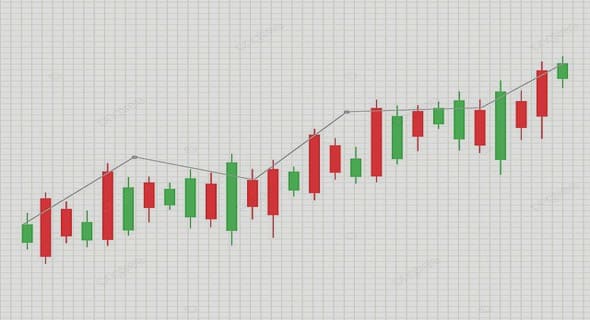(Downloads - 0)
For more info about our services contact : help@bestpfe.com
Table of contents
1 Introduction
1.1 Background and problem description
1.2 Purpose
1.3 Delimitations
1.4 Method description
1.5 Expected outcome
1.6 Report outline
2 Frame of reference
2.1 Theory behind suspension technology
2.1.1 Rotational Matrices
2.1.2 Half Car Model
2.1.3 Modal Input-Output Decoupling For Controlling Active Suspensions
2.1.4 Ride Comfort Index (RCI)
2.2 Previous control strategies
2.2.1 Skyhook control
2.2.2 Saturated Adaptive Robust Controller
2.2.3 PID Neural Network
3 Implementation
3.1 Kinematics
3.2 Dynamics
3.3 Different modeling implementations of the Forwarder
3.3.1 SimMechanics model
3.3.2 State Space model
3.4 Control structure
3.4.1 Kinematic leveling controller
3.4.2 Dynamic vibration controller
3.4.3 Hybrid controller
3.4.4 Pole placement design based on forwarder model
4 Results
4.1 Controllers compared to SimMechanics model
4.1.1 Kinematic leveling controller
4.1.2 Dynamic vibration controller
4.1.3 Hybrid controller
4.2 Controller compared to Adams model
4.2.1 Pole placement design based on dynamic forwarder model
5 Conclusions
5.1 Kinematic leveling controller
5.2 Dynamic vibration controller
5.3 Hybrid controller
5.4 Pole placement design based on forwarder model
6 Recommendations
6.1 Hydraulic model consideration
6.2 Optimization
6.3 Discrete pole placement design
6.4 Adaptive control strategy
6.5 Hybrid control
Appendices
A Simulink forwarder model
B Matlab code for the passive model and state space of the full car model
C List of sensors




